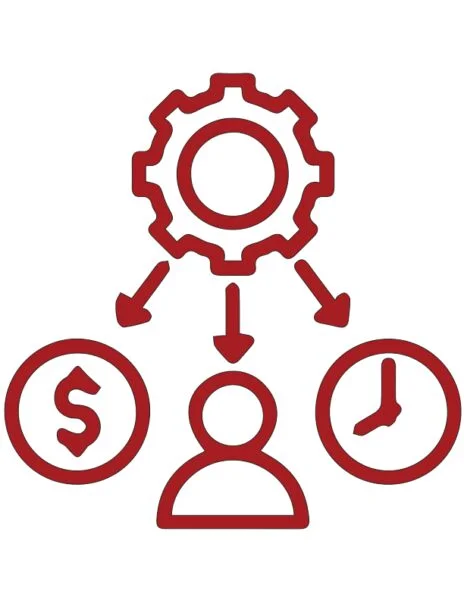
Remediation is a proactive approach to addressing risks. By identifying and rectifying issues early, you can prevent costly crises and potential damage to reputation or the environment.

In many industries, regulatory compliance is mandatory. Remediation ensures that organizations adhere to legal and ethical standards, avoiding costly penalties and legal consequences.

Addressing issues promptly and proactively can help organizations optimize resource allocation, realizing cost savings, improving energy efficiency, and enhancing overall time
In the case of comprehensive environmental remediation efforts, addressing pollution, mitigating ecological damage, and implementing sustainable practices










Rehabilitating digital systems affected by online vulnerabilities and restore them


We are consistently and proactively updating software to effectively fix known vulnerabilities, enhancing our security posture.

Methodically inspecting the codebase to meticulously identify and rectify defects, as well as addressing security issues

We are conducting comprehensive penetration testing to systematically identify and address security flaws
We are proactively implementing code integration processes to ensure remediation and quality assurrance.

Key Performance Indicators (KPIs) are essential tools for assessing the effectiveness of remediation efforts. These are quantifiable metrics that provide insights into how well the remediation process is performing. KPIs can be tailored to specific objectives and may include metrics.

In cybersecurity, remediation refers to the systematic process of addressing and mitigating vulnerabilities, threats, or incidents identified within a system or network. It involves implementing corrective measures to minimize the impact of security issues and restore the integrity, confidentiality, and availability of the affected assets. A well-executed remediation process typically includes thorough analysis, prioritization of risks, and the implementation of appropriate security controls to enhance overall resilience against cyber threats.
Vulnerability remediation refers to the process of identifying and addressing weaknesses or susceptibilities in a system, application, or network to prevent potential security threats. It involves implementing corrective measures, such as applying patches, updates, or configuration changes, to mitigate the risk of exploitation. Effective vulnerability remediation is a critical aspect of cybersecurity management, ensuring the resilience of digital assets against potential security breaches and unauthorized access.
The risk remediation process involves identifying, assessing, and mitigating potential threats to an organization’s objectives. It typically includes risk identification, analysis, prioritization, and the implementation of measures to reduce or eliminate risks. This iterative cycle ensures ongoing monitoring and adaptation to emerging threats, fostering a proactive and resilient organizational framework. Effective risk remediation requires collaboration across departments, continuous evaluation of controls, and a commitment to maintaining a robust risk management strategy.
The vulnerability remediation lifecycle involves a systematic approach to addressing and mitigating security vulnerabilities in a software or system. It typically includes stages such as discovery, assessment, prioritization, remediation planning, implementation, and validation. This structured process helps organizations identify and address vulnerabilities efficiently, reducing the risk of exploitation and enhancing overall cybersecurity posture. Effective remediation involves collaboration between security teams and other stakeholders to ensure a comprehensive and timely response to identified vulnerabilities.
© Copyright 2024 ITBUTLER. All Rights Reserved.
Keeping track of domain registrations to identify and mitigate phishing sites or domains that mimic the brand.